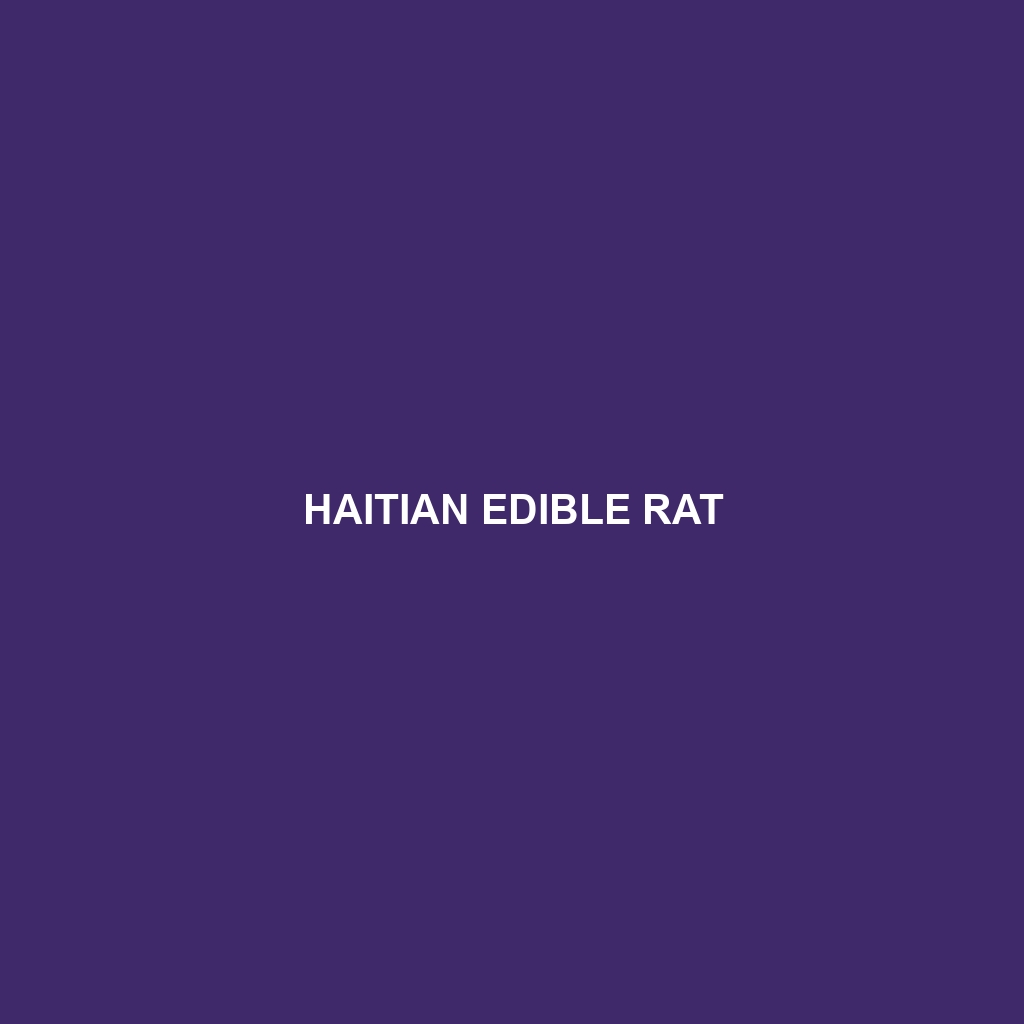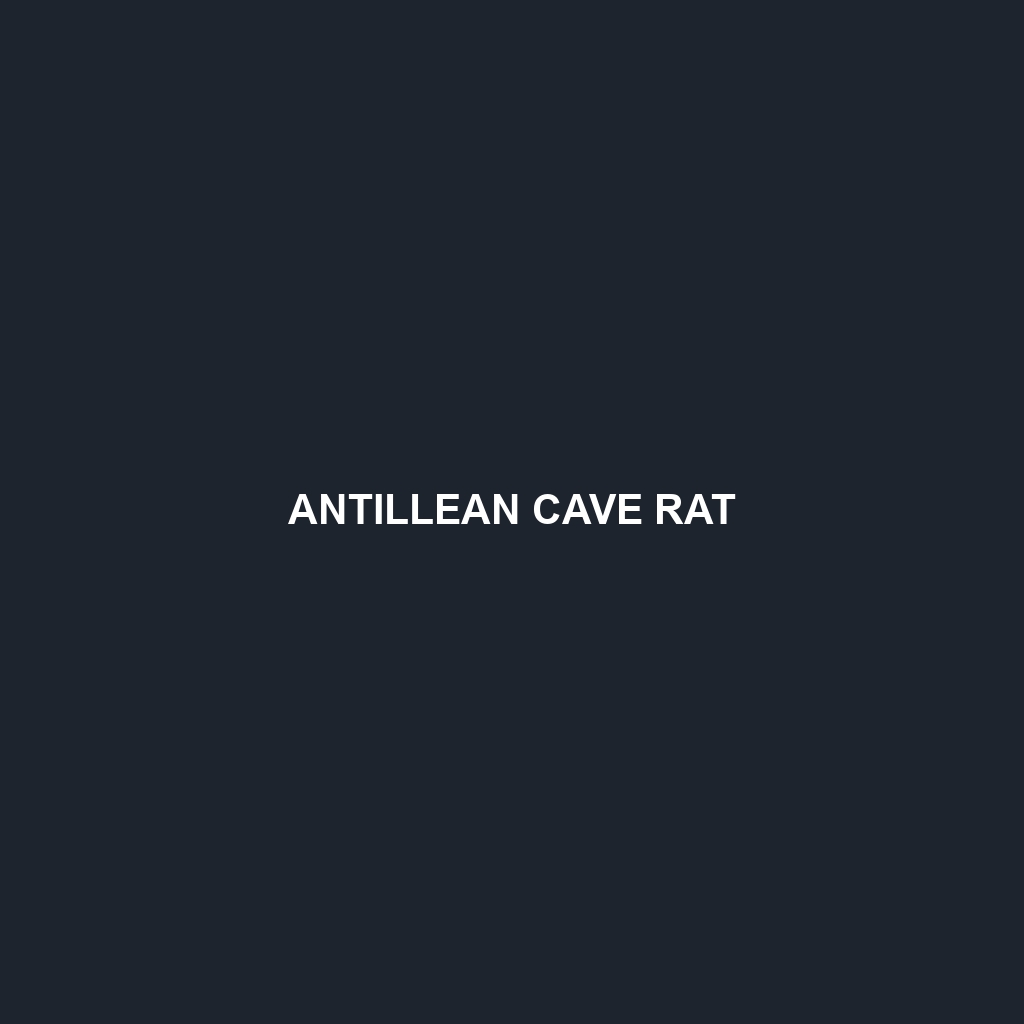Discover the intriguing European Fat Dormouse (<i>Glirulus glis</i>), a charming nocturnal rodent native to the forests of Europe. With its distinctive bushy tail and remarkable foraging habits, this vulnerable species plays a critical role in seed dispersal and forest health. Learn about its unique behaviors, diet, and the conservation efforts needed to protect its dwindling populations.
Tag: physical characteristics
Golden Viscacha Rat
Explore the fascinating world of the **Golden Viscacha Rat**, a unique rodent thriving in the high-altitude Andes of South America. Discover its striking golden-brown fur, social behaviors, and vital role in the ecosystem as an herbivore and burrower. Learn about its challenges, including habitat loss, and why conservation efforts are crucial for this vulnerable species.
Kirchners’ Viscacha Rat
Discover the intriguing world of the Kirchners' Viscacha Rat, a vulnerable rodent native to the rugged highlands of the Andes. With its distinctive large ears, social behavior, and nocturnal foraging habits, this fascinating species plays a critical role in ecosystem balance while facing threats from habitat loss. Learn more about its unique characteristics, diet, and conservation status in our latest blog post.
Pacific Degu
Discover the fascinating world of the Pacific Degu (<i>Octodon degus</i>), a social rodent native to the arid landscapes of Chile. From their unique burrowing behaviors and herbivorous diets to their role in maintaining ecosystem balance, learn how these intelligent creatures thrive in their natural habitat and the challenges they face in a changing environment.
Common Degu
Explore the fascinating world of the Common Degu, a social rodent native to Chile, known for its distinctive appearance and complex behaviors. Discover its natural habitat, dietary needs, and role in the ecosystem, along with intriguing facts about its reproduction and longevity. Learn how these unique creatures contribute to their environment while highlighting the importance of ongoing conservation efforts.
Coastal Degu
Discover the fascinating world of the Coastal Degu, a vibrant herbivorous rodent native to the coastal regions of Chile and Peru. Known for their social behavior and playful nature, these unique creatures thrive in sandy, scrubland habitats while playing a crucial role in their ecosystem. Learn about their distinctive physical traits, dietary needs, and ongoing conservation efforts to protect this vulnerable species.
Insular Cave Rat
Discover the fascinating world of the **Insular Cave Rat**, a medium-sized rodent native to the limestone caves of the Caribbean's Lesser Antilles. With its unique nocturnal behavior, distinctive physical traits, and critical role in seed dispersal, this endangered species faces threats from habitat loss and invasive predators. Explore its ecology and learn why conservation efforts are essential for its survival.
Bridges’s Degu
Discover the intriguing Bridges's Degu (<i>Octodon bridgesi</i>), a small rodent native to the dry scrublands of central and southern Chile. Known for their playful social behaviors and unique adaptations to their environment, these herbivorous creatures play a vital role in seed dispersal and soil aeration, while also facing threats from habitat loss and climate change. Learn more about their habitat, diet, and conservation status in our latest blog post.
Haitian Edible Rat
Discover the intriguing world of the Haitian Edible Rat, a nocturnal creature found in the lush forests and coastal regions of Haiti and the Dominican Republic. With its agile physique and omnivorous diet, this vulnerable species plays a vital role in seed dispersal and maintaining ecological balance, all while facing threats from habitat loss and hunting. Explore its unique behaviors, reproduction, and the fascinating adaptations that allow it to thrive in both wild and urban environments.
Antillean Cave Rat
Explore the fascinating world of the Antillean Cave Rat (<i>Reservoiria antonia</i>), a medium-sized rodent thriving in the limestone caves of the Caribbean. Discover its unique physical characteristics, nocturnal behaviors, and vital role in the ecosystem, alongside conservation status concerns that highlight the need for protective measures in the face of habitat loss. Learn how this remarkable species demonstrates social intelligence and adaptability in its natural environment.









